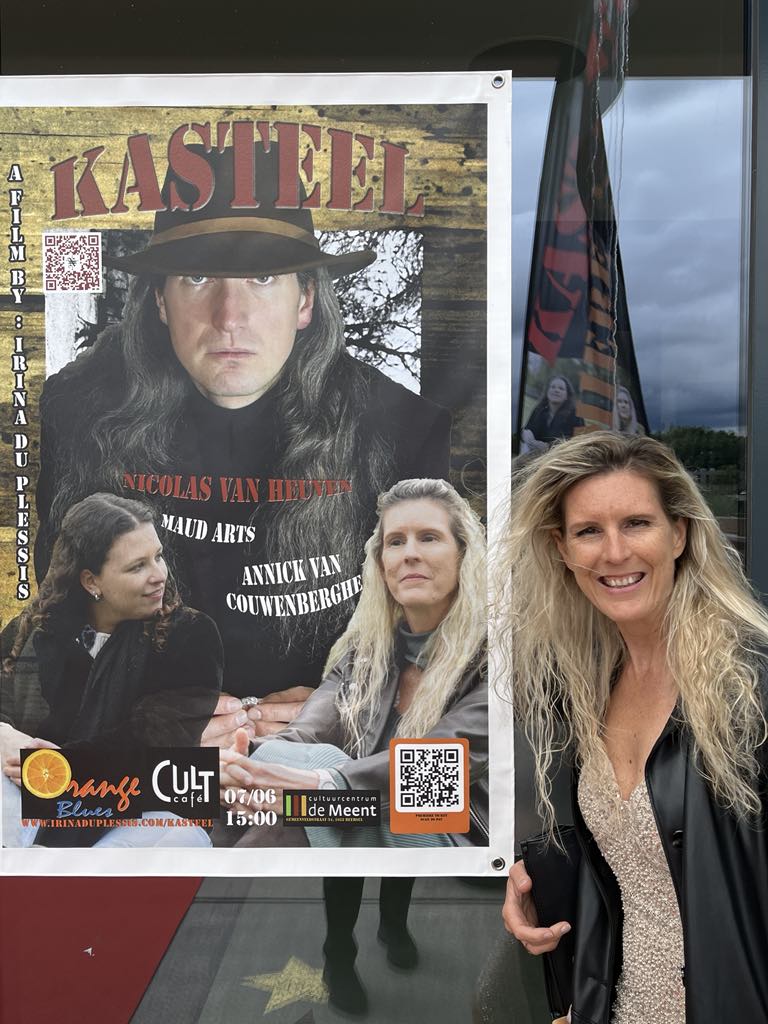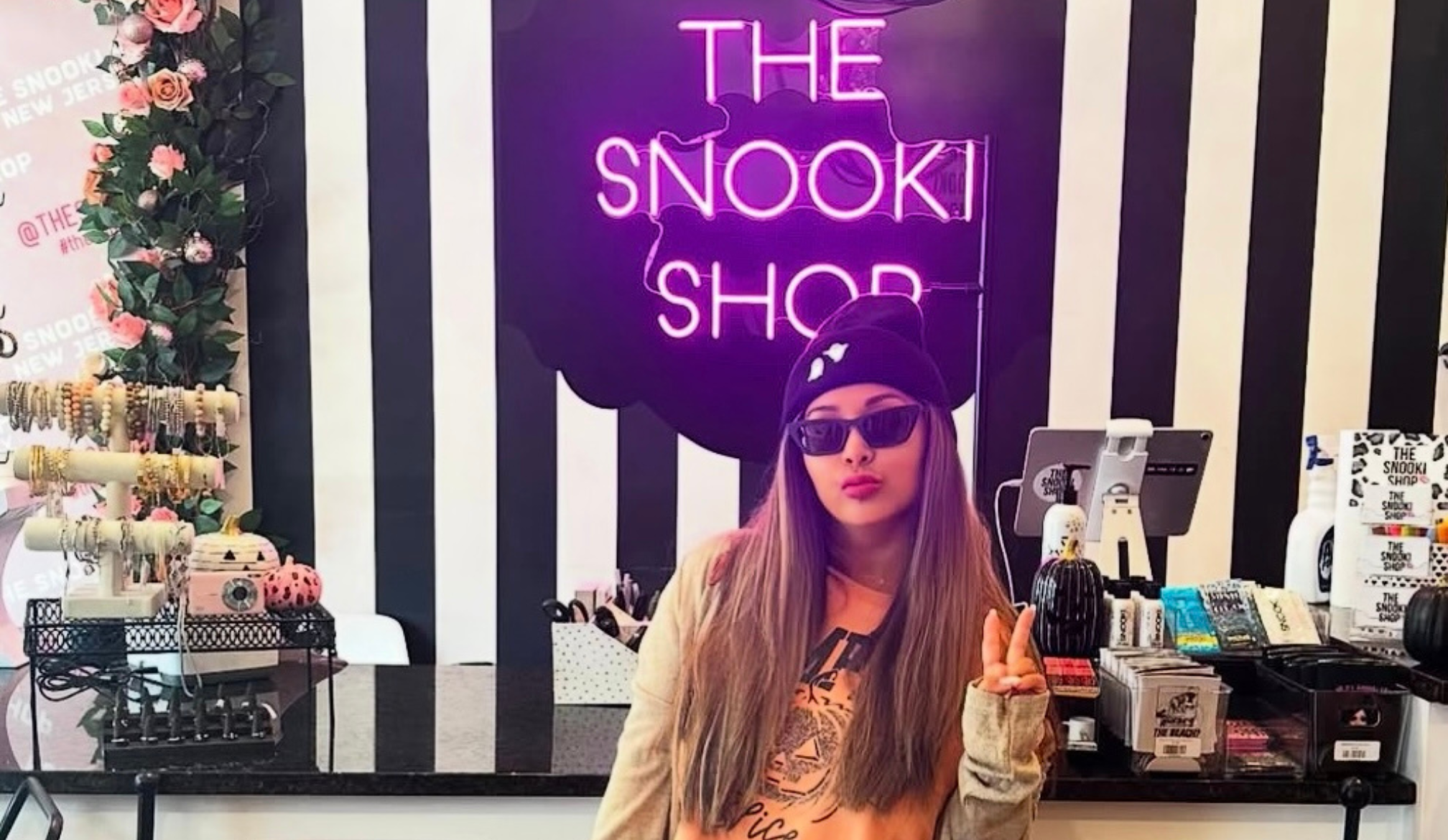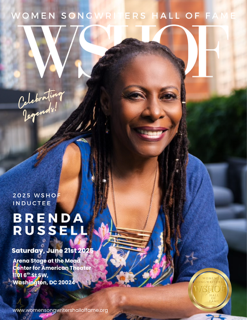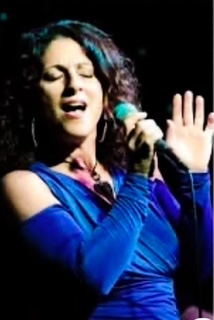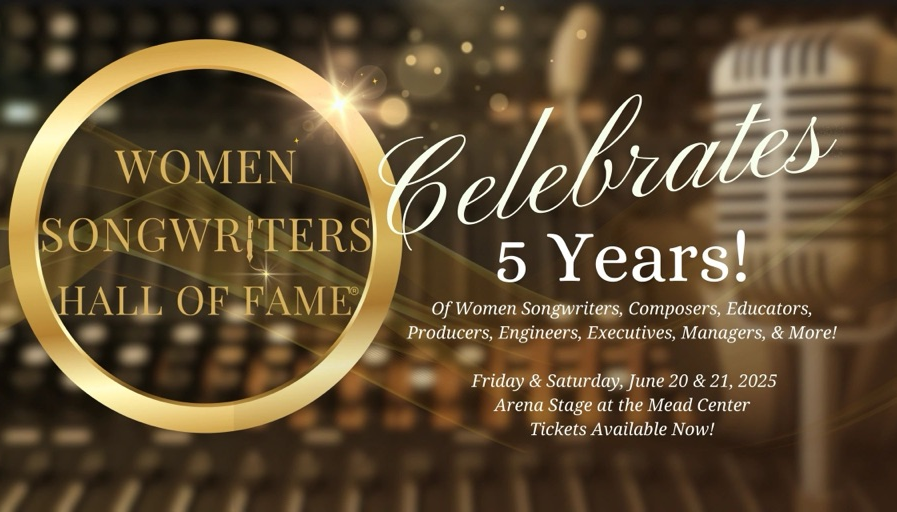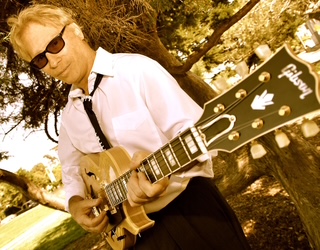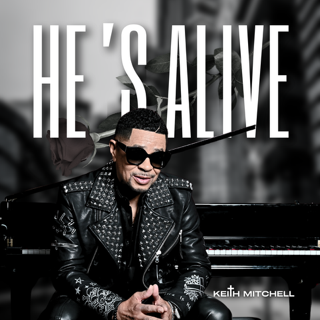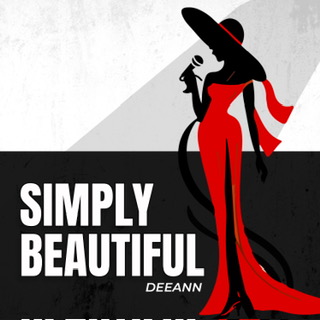The Power Of Music In Bringing Movies To Life
- Written by Nick Zafonte

Before I ever dreamt of making movies, music was my first creative outlet. Flashback to freshman year where I was a bit of a wrestling wunderkind, until a broken collarbone shattered my dreams of jock stardom. Not content to sit on the sidelines, I desperately sought out a new challenge to sic my overtrained competitive spirit on. That’s when an unfamiliar sound led me to the senior lounge to find our school’s resident metal head, Billy Tsou, shredding Metallica on an old acoustic guitar. I knew instantly that I had just met my replacement muse.
That discovery sparked a lifelong obsession with not only music, but all things artistic. Writing songs turned into writing short stories. Which turned into finishing my first novel and starting my first screenplay. Which led to directing commercials and music videos. So when it came time to make my first feature film, it’s no surprise that I’d return to my first real love.
They say write what you know. So I set out to make a movie that explored the artist's struggle. The price we dreamers pay for following our passions in a world that, unless you’re a franchise name, isn’t all that interested. The film would focus on two aging artists who never quite made it. Emily, an aspiring novelist, and Sean, a talented musician who gave up on his goal when it was clear his natural talent alone wasn’t going to cut it. Even in the writing process we were aware of how important the film’s music would be in telling his story.
In the opening scene of the script we describe an untouched guitar, like Chekhov's gun, waiting for the film's climax to do its damage. We then spend the first half of the film hearing all about Sean’s musical past, his rockstar charm, his obscure theories on creativity, yet we never hear him play. It’s revealed that he hasn’t even touched a guitar in years. He turned his back on his art when early success and the drunken college crowds turned their back on him. But when hearing of Emily’s enduring dedication to her craft, he’s inspired to drop his guard, grab the instrument and play. It’s this choice, to be completely vulnerable, even for just a few minutes, that triggers a long overdue confrontation with Emily and pushes the movie towards its climax.
It was a powerful moment in the script made even more poignant in its onscreen performance. Our star, Josh Tyson, is a musician, and just like Sean understood the bitterness of fighting through years of artistic anonymity. He brought not only an authenticity to the role, but also his own original music. The screen direction flatly stated “Sean plays songs from his past.“ What I had originally envisioned as a montage, a lighthearted singalong medley, went out the window when I heard Josh rehearsing a song he hadn’t played since college. A haunting ballad that spoke for Sean as much as it did for Josh. I tossed out my preplanned shot list, instead choosing to shoot the scene in one long take, to catch the moment as it unfolded in real time. Our movie no longer just talked about music, it communicated through music.
We wrapped the shoot a week later, managing to catch a bit of musical lighting in the can. We spent the next few weeks editing, sculpting the story out of the countless takes and endless b-roll. The first cut played out like one continuous conversation, like a pared down stage play. The only instance of music was that one onscreen performance. Our movie needed a soundtrack. A bed of music to move scenes along and give it some much needed energy. But where to turn for this? Sifting through endless libraries of uninspired stock? Paying a small fortune in music house licensing fees? Or using well-known pop songs for the time being, knowing that we’d have to painstakingly replace them when (and if) we got distribution? These solutions were definitely not music to my ears.
But that on set moment of sonic serendipity got me thinking: maybe Josh had more songs to share. Turns out he had a demo tape of professionally recorded songs from his college band, Jagwire that were just what we needed. We used as many of them as we could, cutting and splicing and remixing them to craft our soundtrack, scene by scene. Loud rockers elevated scenes of drunken reminiscing, finger-picked acoustic guitar set the mood for silent walks through wood lined streets, introspective ballads deepened moments when our characters were forced to look inward and face their own flaws. Josh’s demos doubled for Sean’s, and again, the added emotion felt earned. Through music, Sean’s past was playing out before our eyes, and ears.
Enamored with our film’s latest evolution, we sent it out to a small group of friends, family, and professional colleagues. We thought we had done our job, making a quiet, introspective, yet entertaining film. We were wrong. After the soundtrack heavy first act, people thought the film dragged. The quiet moments of contemplation felt like dead air. The silent, fuming aftermath of the climax left them cold. As first time filmmakers, we marveled at every minute detail of our creation - the cool camera angles, the flawlessly delivered dialog, the clinical precision of each cut. But people (normal people) don’t watch movies to admire the craft, they watch to feel something. And they shouldn’t have to work so hard to get emotionally invested.
Luckily, all hope wasn’t lost. We had a superpower hidden up our sleeve - the score. And I already had a vision for it. While the soundtrack represented Sean’s past - raw, rocking, and hopeful - and the onscreen musical performance represented his present - rusty, bitter, broken - the score would reveal our protagonist’s possible future - mature, emotional, fully realized. In my head I heard beautifully arpeggiated acoustic guitars embellished with lush strings and piano. A sophisticated version of Sean’s style, it would hint at the composer he could become if only he could let go of the outcome and rediscover his ability to just play. It was also an opportunity for me to play at my first passion. Using my knowledge of music theory, and in some cases breaking out my guitar to help communicate my ideas, I worked closely with our composer. Together we created a score that invited viewers to take an emotional journey with Sean, to put themselves in his worn shoes and truly feel what he felt.
As I look back on my journey, I can’t help but notice that while art reflects life, life can also reflect art. When I decided to become a filmmaker I made the choice to put my musical ambitions aside for a bit. That bit turned into a decade. But after working on this movie and immersing myself in all the facets of cinematic music, I found myself reaching for my guitar more often. It wasn’t long before I started playing everyday, then writing and recording my own music. One of my songs even made it onto the soundtrack of our next film. Life has a way of coming full circle, if you let it.
So, how to sum up what role I think music plays in my films? I’ve always felt that if a movie was a person, the script would be the mind, the cinematography and production design would be the body, but it’s music that would be the soul. All these elements need to come together in just the right way to move you, and an audience. For me, creativity is creativity, no matter what form it takes. One day you're writing a scene for your followup film, the next you're writing a song to go with it. Anyway, as someone smart once said: “writing about music is like dancing about architecture.” So enough pontificating, it’s time to play.
Nick Zafonte website: www.nickzafonte.comNick Instagram: @nickzafonte




